JuzaPhoto uses technical cookies and third-part cookies to provide the service and to make possible login, choice of background color and other settings (
click here for more info).
By continuing to browse the site you confirm that you have read your options regarding cookies and that you have read and accepted the
Terms of service and Privacy.
You can change in every moment your cookies preferences from the page
Cookie Preferences, that can be reached from every page of the website with the link that you find at the bottom of the page; you can also set your preferences directly here
Sigma 70-200 f/2.8 OS HSM Review
The previous version of Sigma 70-200 lacked of a very important feature: image stabilization. Now, Sigma has created a 70-200 that has both stabilization and fast autofocus, together with the promise of first rate image quality and a relatively high price tag, that puts it in direct competition with the Canon 70-200 II. How does the two lenses compare? Is the Sigma worth $ 1700? Let's see :-)
As usual, I recommend to give a look to the page Testing and reviewing a lens: it will help you to understand better this review and my testing methodology!
Specifications (compared with similar lenses)
����| � | � �Sigma 70-200 f/2.8 OS HSM | � �Canon 70-200 f/2.8 L IS USM II | � �Sigma 70-200 f/2.8 Macro HSM |
�
| �Angle of view | � �34 - 12 º (on FF) | � �34 - 12 º (on FF) | � �34 - 12 º (on FF) |
�
| �Macro ratio | � �0.12x | � �0.21x | � �0.29x |
�
| �Max aperture | � �f/2.8 | � �f/2.8 | � �f/2.8 |
�
| �Stabilization | � �Yes | � �Yes | � �No |
�
| �Autofocus | � �Ultrasonic AF Motor | � �Ultrasonic AF Motor | � �Ultrasonic AF Motor |
�
| �Closest focus | � �1.40 meters | � �1.20 meters | � �1.00 meters |
�
| �Dimensions | � �86 (D) x 198 (L) mm | � �89 (D) x 200 (L) mm | � �86 (D) x 184 (L) mm |
�
| �Weight | � �1400 g | � �1490 g | � �1370 g |
�
| �Weather sealing | � �No | � �Yes | � �No |
�
| �Price | � �$ 1700 | � �$ 2070 | � �800 € |
�
| �Production | � �2010 - | � �2010 - | � �2007 -� |
�
Built quality, image stabilization and autofocus
The Sigma 70-200 2.8 OS HSM has a good built quality, but I have some reservations. In the past, "professional" Sigma lenses had a matte black painting that was very nice to see but also very easy to scratch; with the new 70-200, Sigma has made a ...mix. Some part of the lenses have the old matte painting, while other parts have a less opaque and much more resistant painting. The result looks weird: it looks like two different lenses that were disassembled and then mixed together. Combined with the plastic construction and the lack of weather sealing, overall it has a less professional feeling and look than Canon 70-200 lenses.
The lens is as big as the latest Canon 70-200 2.8, but it is a bit lighter. It is supplied with a large lens hood; a very positive thing that I have noticed is that it is compatible with Canon teleconverters, unlike older Sigma lenses. The zoom ring is large and smooth, while the manual focus ring is a bit too narrow (I prefer the much larger focus ring of the Canon). On the side, you can see the switches for AF and image stabilization; it lack of focus limiter. The autofocus is very good, when using the full range it is as fast as the Canon USM, while it is slightly worse than Canon when the Canon uses the focus limiter (I am surprised that Sigma still lacks of this feature in many of its lenses).
The image stabilization is a very welcome feature in such lens; mode 1 and mode 2 are identical to Canon lenses - the first stabilizes both in vertical and horizontal, and the second is only for vertical blur. In the following photo, you can see the Sigma side by side with the Canon.
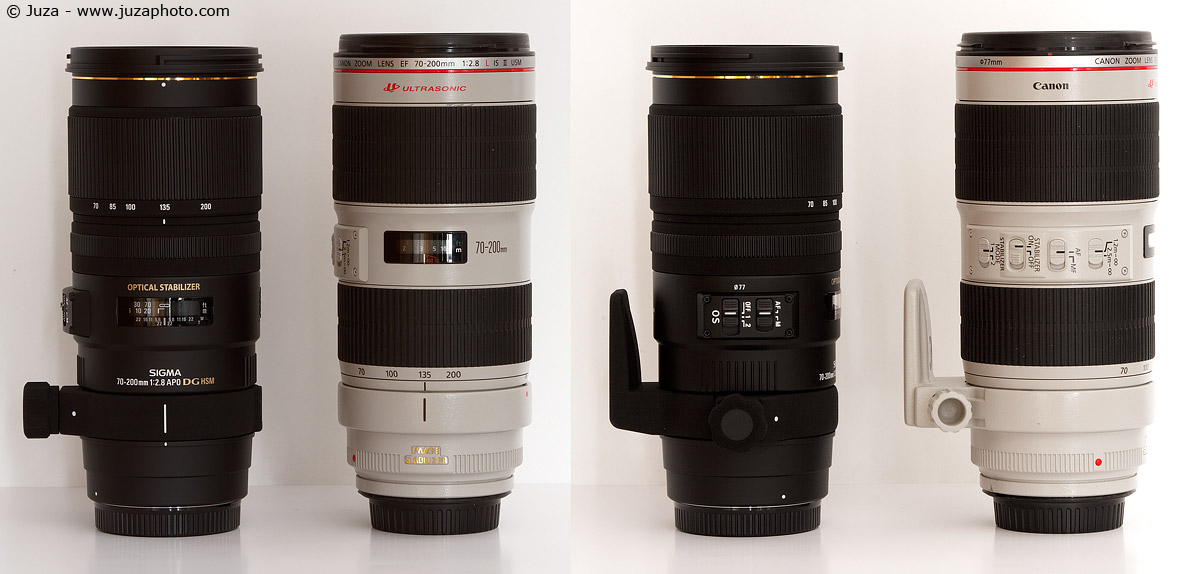
Image quality (in comparison with Canon 70-200 L IS USM II)
I have tested the lenses on my Canon 7D (18 megapixels, APS-C). The lenses was mounted on tripod; I have used mirror lock up and self timer. The following images are 100% crop from the unprocessed RAW file.
70mm:
����| � | � �Sigma 70-200 f/2.8 OS HSM (center) | � �Canon 70-200 f/2.8 L IS USM II (center) |
�
| �f/2.8 | � �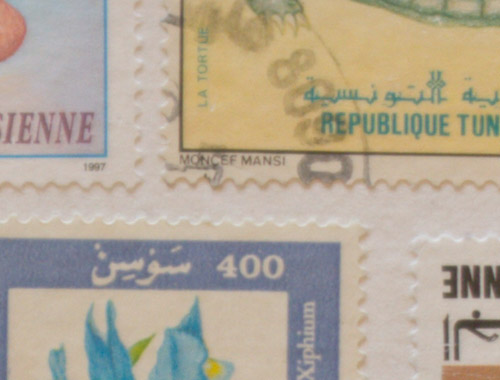 | � �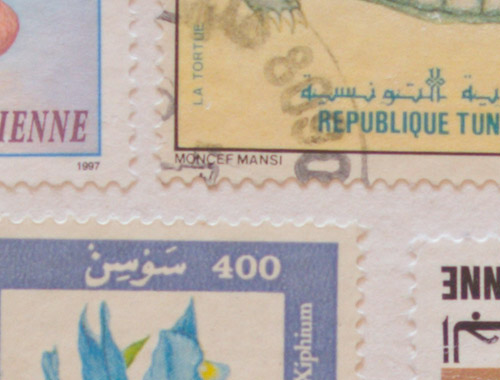 |
�
| �f/5.6 | � �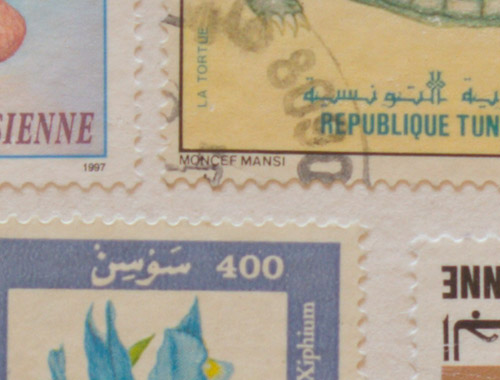 | � �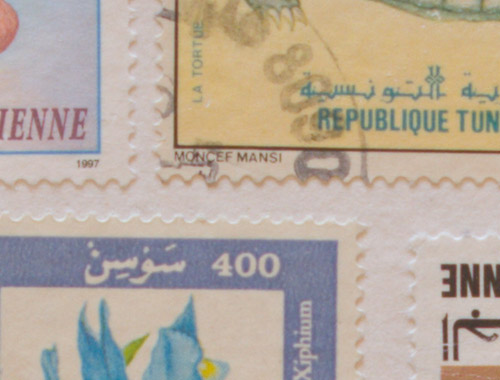 | �
�
����| � | � �Sigma 70-200 f/2.8 OS HSM (corner) | � �Canon 70-200 f/2.8 L IS USM II (corner) |
�
| �f/2.8 | � � | � � |
�
| �f/5.6 | � � | � � | �
�
Wide open, the Sigma is good in the center but much softer than the Canon in the corners; at f/5.6 both lenses are very sharp in the entire frame.
200mm:
����| � | � �Sigma 70-200 f/2.8 OS HSM (center) | � �Canon 70-200 f/2.8 L IS USM II (center) |
�
| �f/2.8 | � �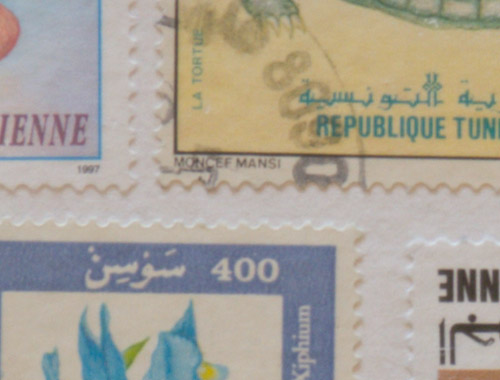 | � � |
�
| �f/5.6 | � �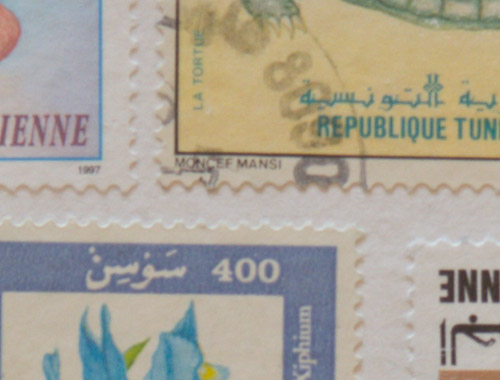 | � �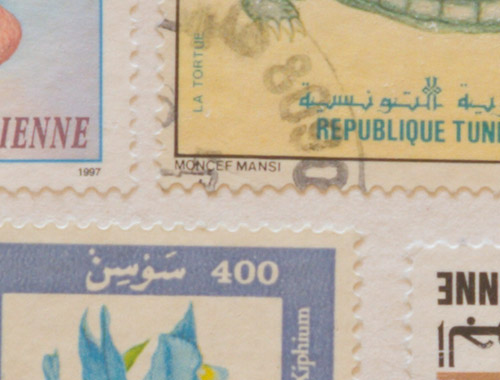 | �
�
����| � | � �Sigma 70-200 f/2.8 OS HSM (corner) | � �Canon 70-200 f/2.8 L IS USM II (corner) |
�
| �f/2.8 | � � | � � |
�
| �f/5.6 | � � | � � | �
�
At 200mm, the Canon is slightly sharper, but both lenses are pretty good across the entire frame.
280mm (70-200 + 1.4x TC):
����| � | � �Sigma 70-200 f/2.8 OS HSM (center) | � �Canon 70-200 f/2.8 L IS USM II (center) |
�
| �f/4 | � �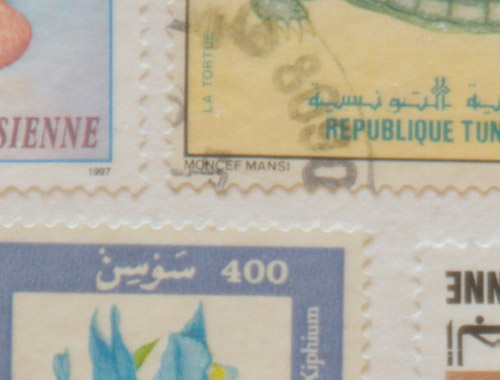 | � �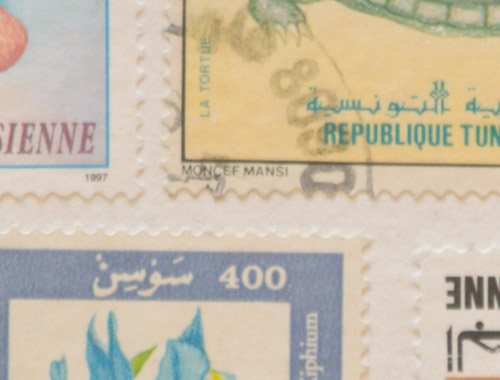 |
�
| �f/8 | � �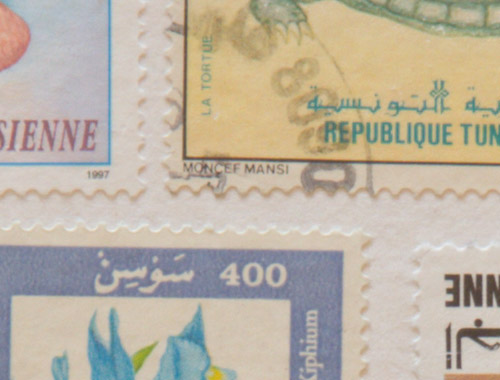 | � �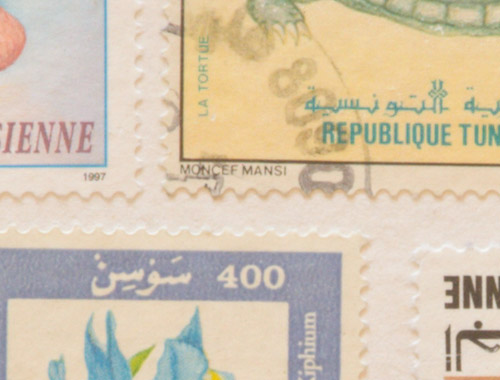 | �
�
����| � | � �Sigma 70-200 f/2.8 OS HSM (corner) | � �Canon 70-200 f/2.8 L IS USM II (corner) |
�
| �f/4 | � � | � � |
�
| �f/8 | � � | � � | �
�
With the 1.4x, the two lenses are almost indistinguishable. They are still good in the center, while the corners get soft and they show some chromatic aberration (the Canon is a bit better in the corners, but there is not an huge difference).
400mm (70-200 + 2.0x TC):
����| � | � �Sigma 70-200 f/2.8 OS HSM (center) | � �Canon 70-200 f/2.8 L IS USM II (center) |
�
| �f/5.6 | � �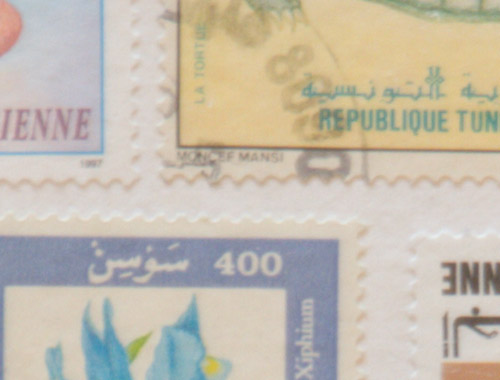 | � �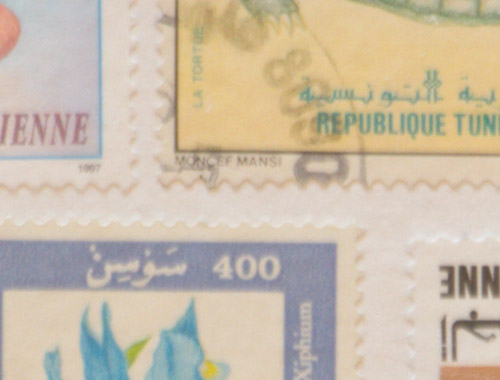 |
�
| �f/8 | � �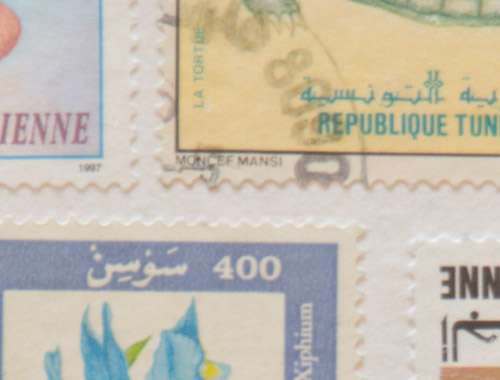 | � �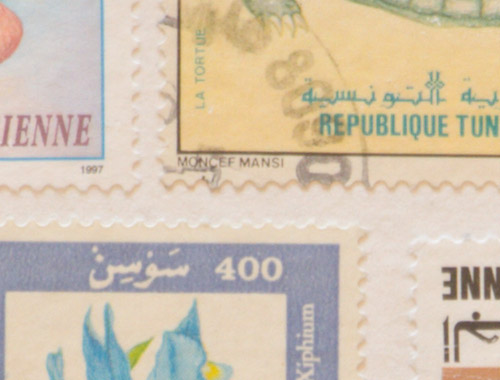 | �
�
����| � | � �Sigma 70-200 f/2.8 OS HSM (corner) | � �Canon 70-200 f/2.8 L IS USM II (corner) |
�
| �f/5.6 | � � | � � |
�
| �f/8 | � � | � � | �
�
At 400mm, both the Canon and the Sigma lose a lot of sharpness; there image is relatively soft both in the center and in the corners. There are not noticeable differences between the two lenses.
Image Stabilization comparison
It is difficult to make a scientific comparison of image stabilization, so remember that this test is always approximate, don't do too much "pixel peeping" on these crops ;-). I have taken 10 handheld photos with both lenses - you can see the test subject above - the following images are 100% crops from the test photos.
���� � | � � | � �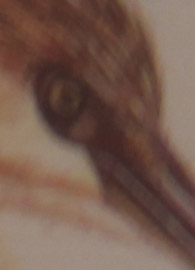 | � � | � � |
�
� | � � | � � | � � | � � | �
�
Sigma 70-200 OS HSM
���� �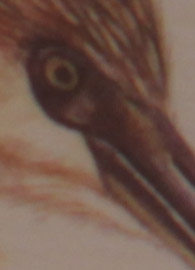 | � �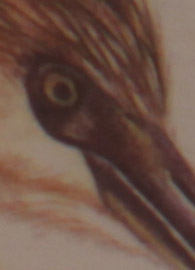 | � � | � � | � � |
�
� | � � | � � | � �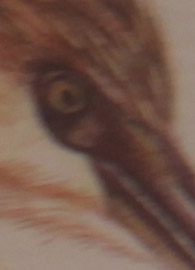 | � � | �
�
Canon 70-200 L IS USM II
The results are on par.
Samples and comments
These are some sample photos taken with the Sigma 70-200 OS HSM on Canon 7D. You can download either the untouched photo (JPEG converted from RAW without any additional post processing; minimum contrast and saturation, no sharpening, no AC, distortion or vignetting correction) or the post processed version. The untouched photo is a good way to see the real image quality of the lens, and the post processed versions allow to see the final quality you can get with good post processing techniques.
�
�
The 70-200 OS is pretty sharp when used without teleconverters, while with the 1.4x or 2.0x the image quality drops quickly, unless you stop down to f/8 or f/11. As all 70-200 lenses, it is very good in its native focal length but it can not be considered a true alternative to native 400mm lenses as the Canon 100-400 IS USM.
Conclusions
The Sigma 70-200 is the sharpest 70-200 created by Sigma: indeed, I have been positively impressed by its image quality, it can compete with the latest Canon 70-200 II. That said, there are still many things that can be improved: in comparison with the Canon, it lacks of focus limiter, it has a less professional built quality, it has a worse macro ratio and it lacks of weather sealing. Considering that there are only $ 370 of difference between the two lenses, I don't see many reasons to get the Sigma instead of the Canon.
Hopefully, in future the price of the Sigma will drop to be more competitive: the Sigma 70-200 Macro HSM costs just $800, and if the new Sigma 70-200 OS HSM was around $ 900-1000, it can be an attractive alternative to the Canon 70-200.

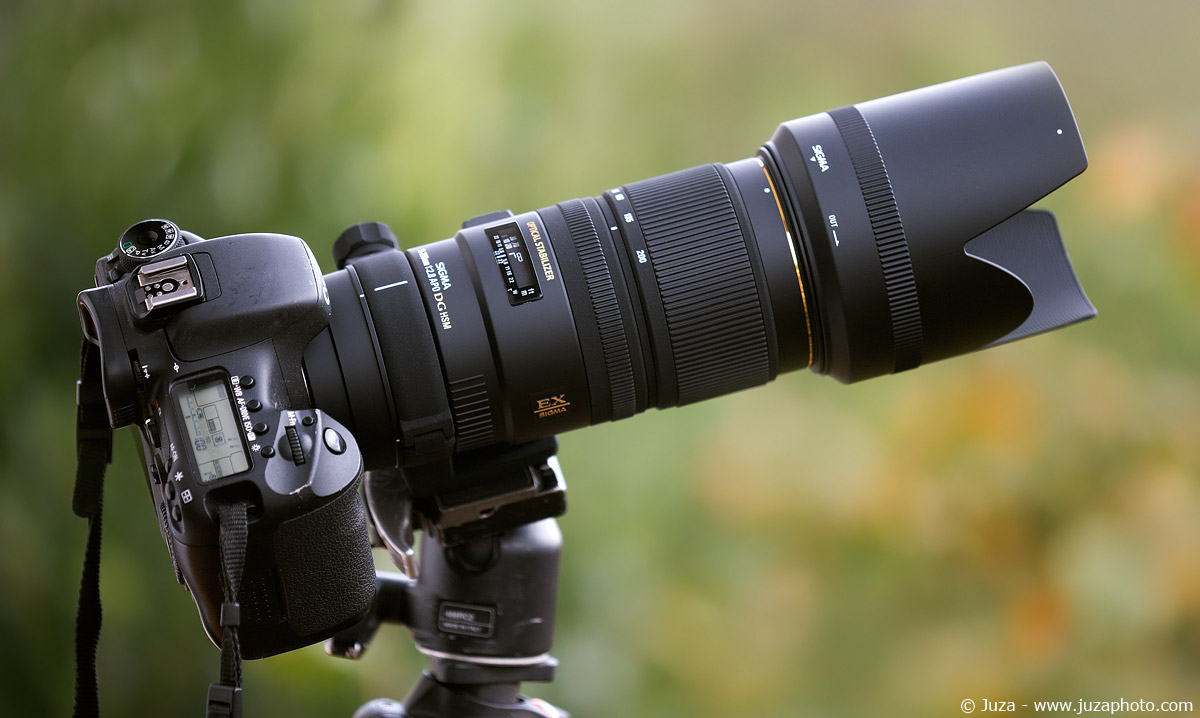























































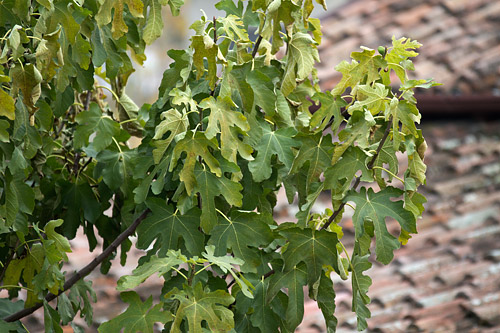

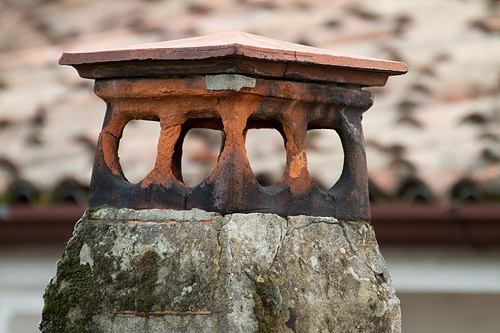
 JuzaPhoto contains affiliate links from Amazon and Ebay and JuzaPhoto earn a commission in case of purchase through affiliate links.
JuzaPhoto contains affiliate links from Amazon and Ebay and JuzaPhoto earn a commission in case of purchase through affiliate links.